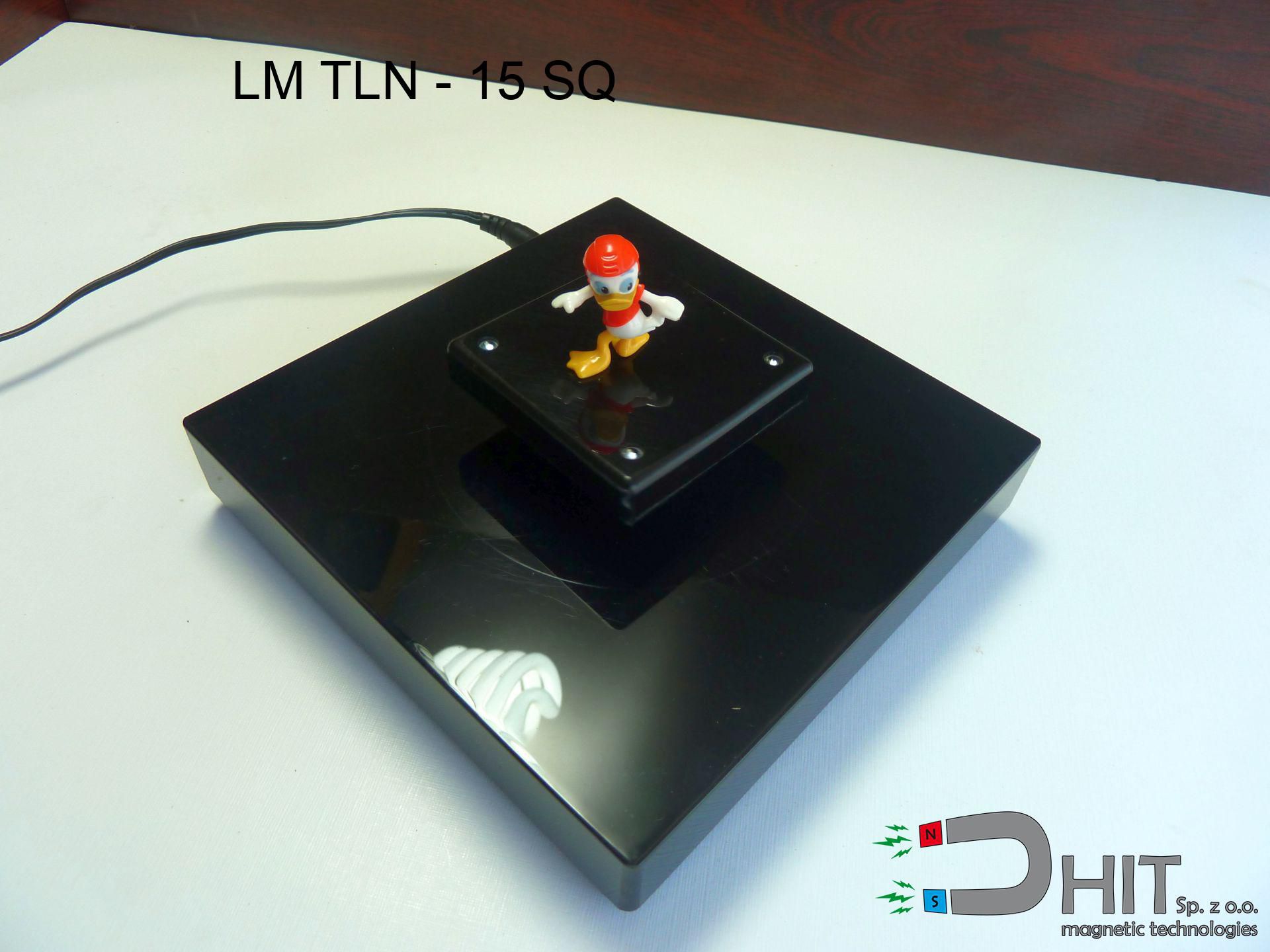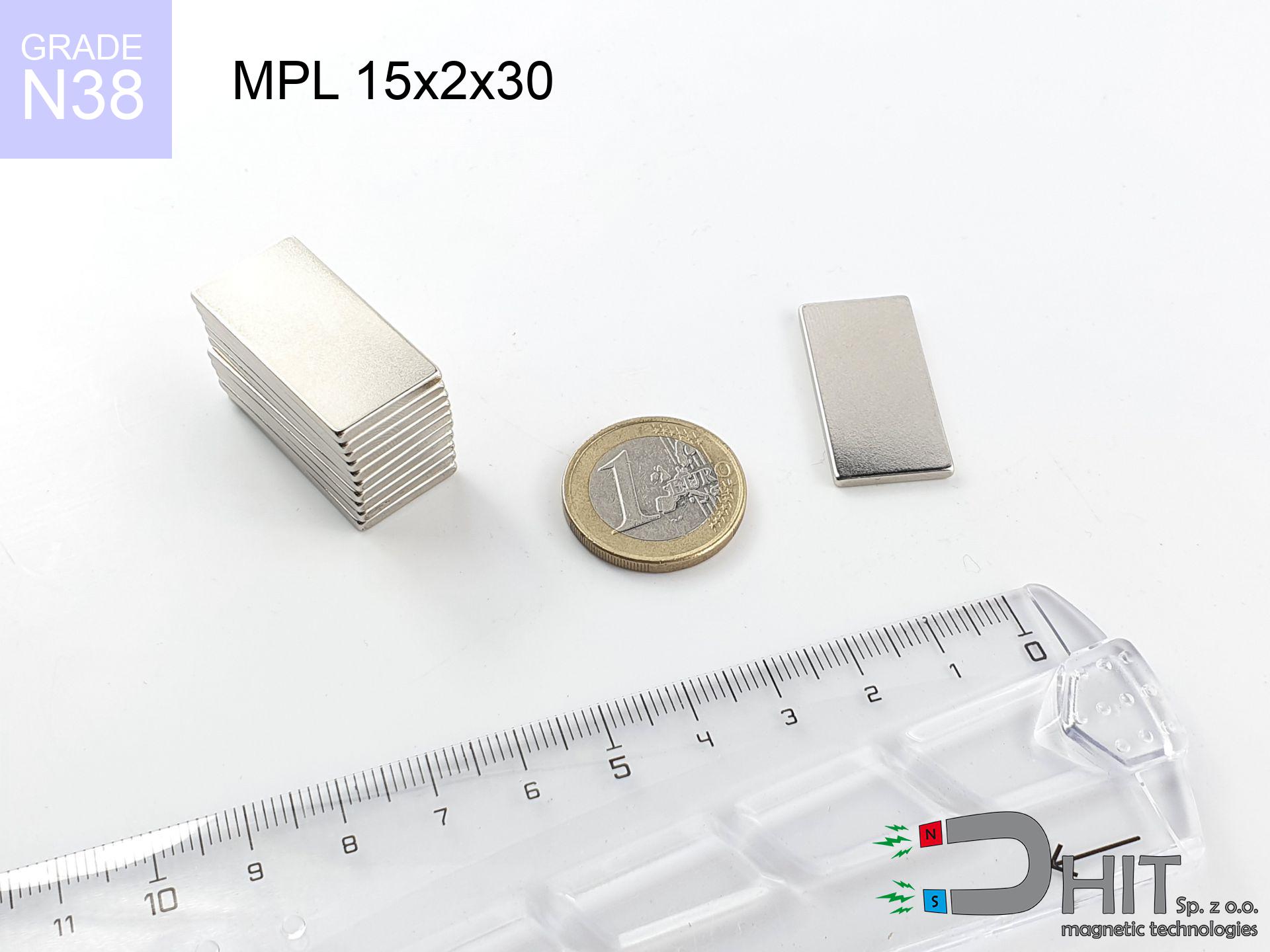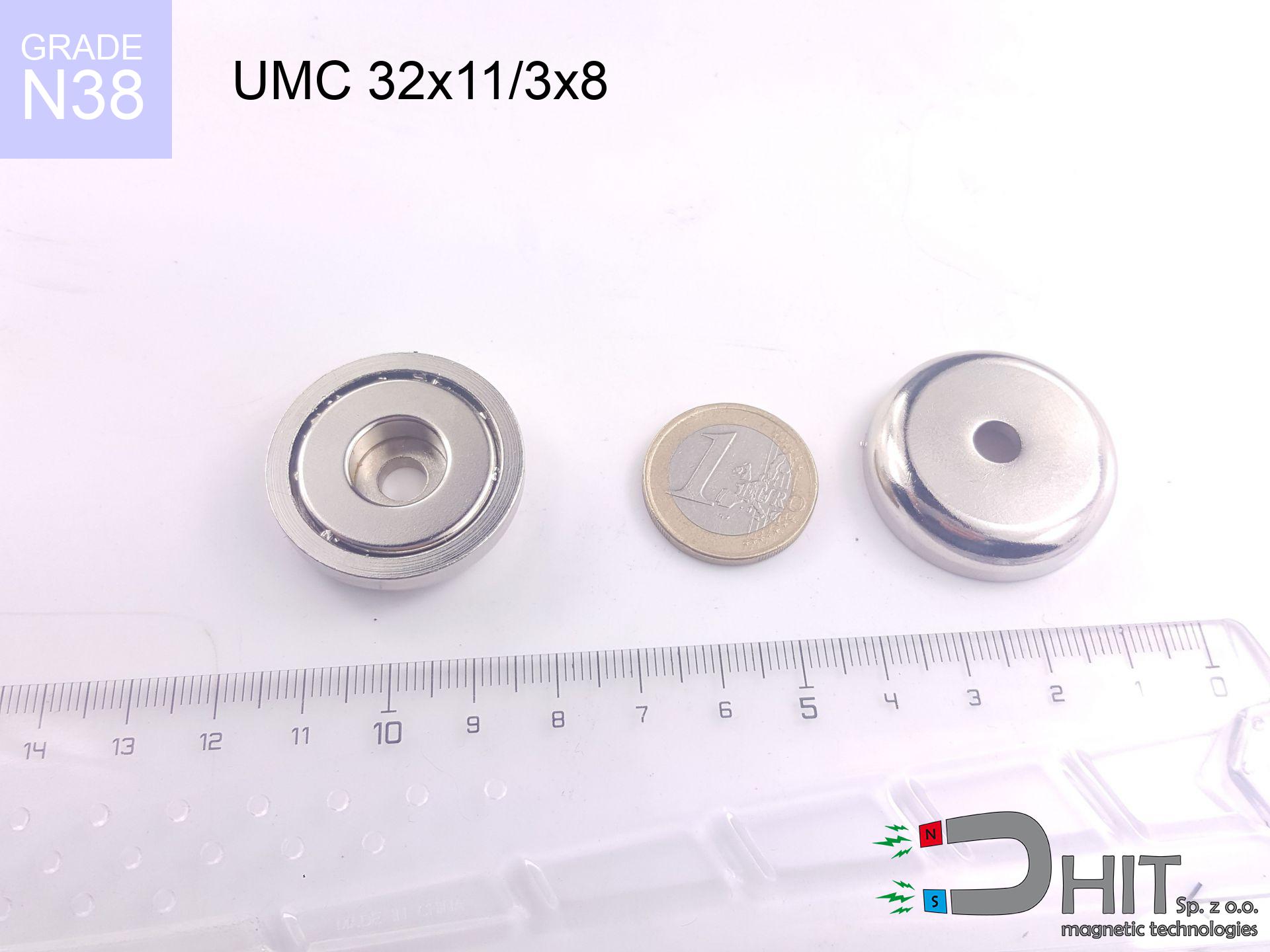LM TLN - 15 SQ
magnetic leviton
catalog number 290493
GTIN: 5906301814511
catalog number 290493
GTIN: 5906301814511
450.00 ZŁ gross price (including VAT) / pcs +
365.85 ZŁ net price + 23% VAT / pcs
Don't know what to choose?
Give us a call tel: +48 22 499 98 98 or get in touch via form on our website. You can check the lifting capacity as well as the shape of neodymium magnets in our force calculator power calculator
Orders placed by 2:00 PM will be shipped on the same business day.
Specification: magnetic leviton TLN - 15 SQ
Shopping tips
Advantages and disadvantages of neodymium magnets NdFeB.
Apart from immense strength, neodymium magnets have the following advantages:
- They do not lose their power (of the magnet). After approximately 10 years, their power decreases by only ~1% (theoretically),
- They are highly resistant to demagnetization by external magnetic sources,
- In other words, thanks to the glossy nickel, gold, or silver finish, the element gains an visually attractive appearance,
- They possess very high magnetic induction on the surface of the magnet,
- By using an appropriate combination of materials, they can achieve high thermal resistance, allowing them to operate at temperatures up to 230°C and above...
- Due to the option of accurate forming and adaptation to individual needs – neodymium magnets can be produced in a wide range of shapes and sizes, which amplifies their universality in usage.
- Key role in modern technologies – are used in computer drives, electric motors, medical apparatus and very advanced devices.
Disadvantages of neodymium magnets:
- They are prone to breaking as they are extremely fragile when subjected to a powerful impact. If the magnets are exposed to impacts, it is suggested using magnets in a metal holder. The steel housing in the form of a holder protects the magnet from impacts and also increases its overall strength,
- High temperatures can reduce the strength of neodymium magnets. Typically, after heating above 80°C, most of them experience a permanent reduction in strength (although it is dependent on the form and size). To prevent this, we offer special magnets marked with the symbol [AH], which are highly resistant to high temperatures. They can operate even at temperatures up to 230°C, making them an ideal solution for applications requiring high-temperature operation,
- They rust in a humid environment. For outdoor use, we recommend using waterproof magnets, such as those made of rubber or plastic,
- The use of a cover - a magnetic holder is recommended due to the limited production capabilities of creating threads or complex shapes in the magnet
- Health risk associated with microscopic parts of magnets are risky, in case of ingestion, which is particularly important in the context of child safety. Additionally, tiny parts of these magnets have the potential to hinder the diagnostic process in case of swallowing.
Handle Neodymium Magnets Carefully
Neodymium magnets are the most powerful magnets ever invented. Their strength can shock you.
Familiarize yourself with our information to properly handle these magnets and avoid significant injuries to your body and prevent damage to the magnets.
Magnets made of neodymium are fragile and can easily crack and shatter.
In the event of a collision between two neodymium magnets, it can result in them getting chipped. Despite being made of metal as well as coated with a shiny nickel plating, they are not as hard as steel. In the case of a collision between two magnets, there can be a scattering of small sharp metal fragments in different directions. Protecting your eyes is essential.
Dust and powder from neodymium magnets are flammable.
Avoid drilling or mechanical processing of neodymium magnets. Once crushed into fine powder or dust, this material becomes highly flammable.
Neodymium magnets can demagnetize at high temperatures.
Whilst Neodymium magnets can lose their magnetic properties at high temperatures, it's important to note that the extent of this effect can vary based on factors such as the magnet's material, shape, and intended application.
Magnets should not be treated as toys. Therefore, it is not recommended for youngest children to have access to them.
Neodymium magnets are not toys. You cannot allow them to become toys for children. In such a situation, surgery is necessary to remove them. In the worst case scenario, it can result in death.
Neodymium magnets are not recommended for people with pacemakers.
Neodymium magnets generate strong magnetic fields. As a result, they interfere with the operation of a pacemaker. This happens because such devices have a function to deactivate them in a magnetic field.
You should maintain neodymium magnets at a safe distance from the wallet, computer, and TV.
The strong magnetic field generated by neodymium magnets can destroy magnetic media such as floppy disks, video tapes, HDDs, credit cards, magnetic ID cards, cassette tapes, or other devices. They can also damage videos, televisions, CRT computer monitors. Remember not to place neodymium magnets close to these electronic devices.
Neodymium magnets can attract to each other, pinch the skin, and cause significant swellings.
Neodymium magnets jump and touch each other mutually within a distance of several to around 10 cm from each other.
The magnet is coated with nickel. Therefore, exercise caution if you have an allergy.
Studies show a small percentage of people have allergies to certain metals, including nickel. An allergic reaction often manifests as skin redness and rash. If you have a nickel allergy, try wearing gloves or avoid direct contact with nickel-plated neodymium magnets.
Do not bring neodymium magnets close to GPS and smartphones.
Neodymium magnets generate intense magnetic fields that interfere with magnetometers and compasses used in navigation, as well as internal compasses of smartphones and GPS devices.
Please see the article - What danger lies in neodymium magnets? You will learn how to handle them properly.



![magnetic accessories ucho [M10] magnetic accessories ucho [M10]](https://cdn3.dhit.pl/graphics/products/am-ucho-m10-tij.jpg)



